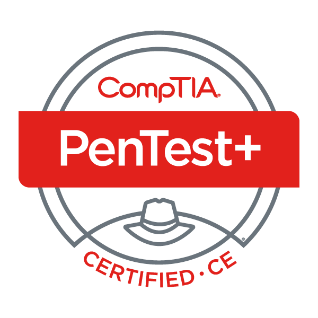
Martin Hořický
The European DORA regulation (Digital Operational Resilience Act) introduces a new standard for ICT risk management. It requires significant financial entities to regularly conduct Threat-Led Penetration Testing (TLPT) - intelligence-driven tests based on threats, simulating the capabilities of advanced organized cyber attackers (APT). The goal is not only to find vulnerabilities but also to verify the organization’s ability to detect, respond to, and recover from an attack that matches a real and coordinated scenario.
Unlike standard penetration testing, TLPT:
From a technical perspective, TLPT requires detailed knowledge of attack vectors and the ability to mimic methods of real attackers who exploit zero-day vulnerabilities, social engineering, code obfuscation, or supply chain attacks
DORA also emphasizes the quality and qualification of entities conducting advanced tests. Testers must meet strict criteria, e.g.:
If an institution wishes to use its own internal red team, it must obtain regulator approval and ensure the organizational independence of the internal team (to prevent conflicts of interest). Operational threat intelligence for the scenario must be provided by an external provider.
Testing must be conducted based on the current threat profile, not as a universal scenario.
The test must address critical functions and systems whose failure could threaten service stability.
Organizations must involve external, independent, and qualified testers.
Results must lead to the implementation of remedial measures and possible retesting.
| Parameter | Penetration testing | Threat-Led Penetration Testing (TLPT) |
|---|---|---|
| Test Objective | Identify vulnerabilities, misconfigurations, flaws | Simulate APT-like attacks, test resilience of detection/response |
| Frequency | At least annually (critical systems) | At least once every 3 years (based on risk profile) |
| Execution | Internal or external independent team | Certified external team (or regulator-approved internal red team) |
| Threat Intelligence Based | Optional | Mandatory — scenario built on real threat to the institution |
| Environment | Typically test/staging | Production systems — resilience tested in real-world conditions |
| Scope Approval | Internally defined | Scope approved by supervisory authority |
| Focus | Individual components (apps, configs, networks) | End-to-end simulation — entry, lateral movement, detection, exfil |
| Third Parties | Optional | Mandatory if part of critical function |
| Remediation | Internal remediation & verification | Mandatory remediation plans, verification, reporting to regulators |
| Regulatory Reporting | Not required | Required — results, remediation, compliance proof submitted |
| Certification | Not required | Required — regulator certifies TLPT compliance |
| Methodology Framework | Unspecified (e.g. OWASP, OSSTMM) | Must align with frameworks such as TIBER-EU |
| Value | Detects technical flaws | Tests full defense stack against sophisticated attackers |
Identification of the target application and connection to the internal network. Gathering information about the target system, such as IP addresses, DNS records, and other metadata.
Analysis of available information about the application and associated systems. Determining available services, versions, and other information.
Eavesdropping and collection of transmitted data to identify vulnerabilities leading to data leakage.
Network scanning to identify active hosts and ports. Scanning specific application services, such as APIs, GUIs.
Identification of user accounts and groups in the system. Determining available functions and permissions in the application.
Security assessment of the operating system, database and other components. Use of standard automated and manual tools to identify vulnerabilities in the application.
Attempting to exploit identified vulnerabilities to gain unauthorized access or leak information. Simulating attacks on the application environment.
Continuing exploration of the environment after gaining access. Gathering additional information and attempting privilege escalation.
Compiling a detailed report containing identified weaknesses, recommendations for improvement, and evidence of tests conducted. Delivering the results to responsible persons in the organization.
In case of successful access, taking measures to minimize possible consequences. Deleting traces of testing and restoring the system to its original state.
BDO provides TLPT services in compliance with specific requirements of European regulators (e.g., ECB, EBA, ESMA) and proven methodologies such as TIBER-EU, CBEST, or iCAST.
Our methodology combines a red teaming approach, knowledge of the regulatory framework, and deep technical know-how—including scenarios reflecting sector threats and digital attacks in the European financial space.
We understand regulatory frameworks and can tailor TLPT tests to legislative and sector oversight requirements. We assist with overall cyber resilience strategy.
As an independent consulting firm, we do not own any technologies and offer truly objective assessments. Cooperation with BDO is a clear signal of quality and trust for both regulators and clients.
Our specialists hold certifications such as OSCP, CRTP, eCPPT, BSCP, CEH, CRT, CPSA, CISSP, CCISO, and others. They have experience testing large banks, insurers, and ICT providers.








